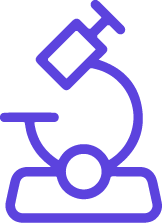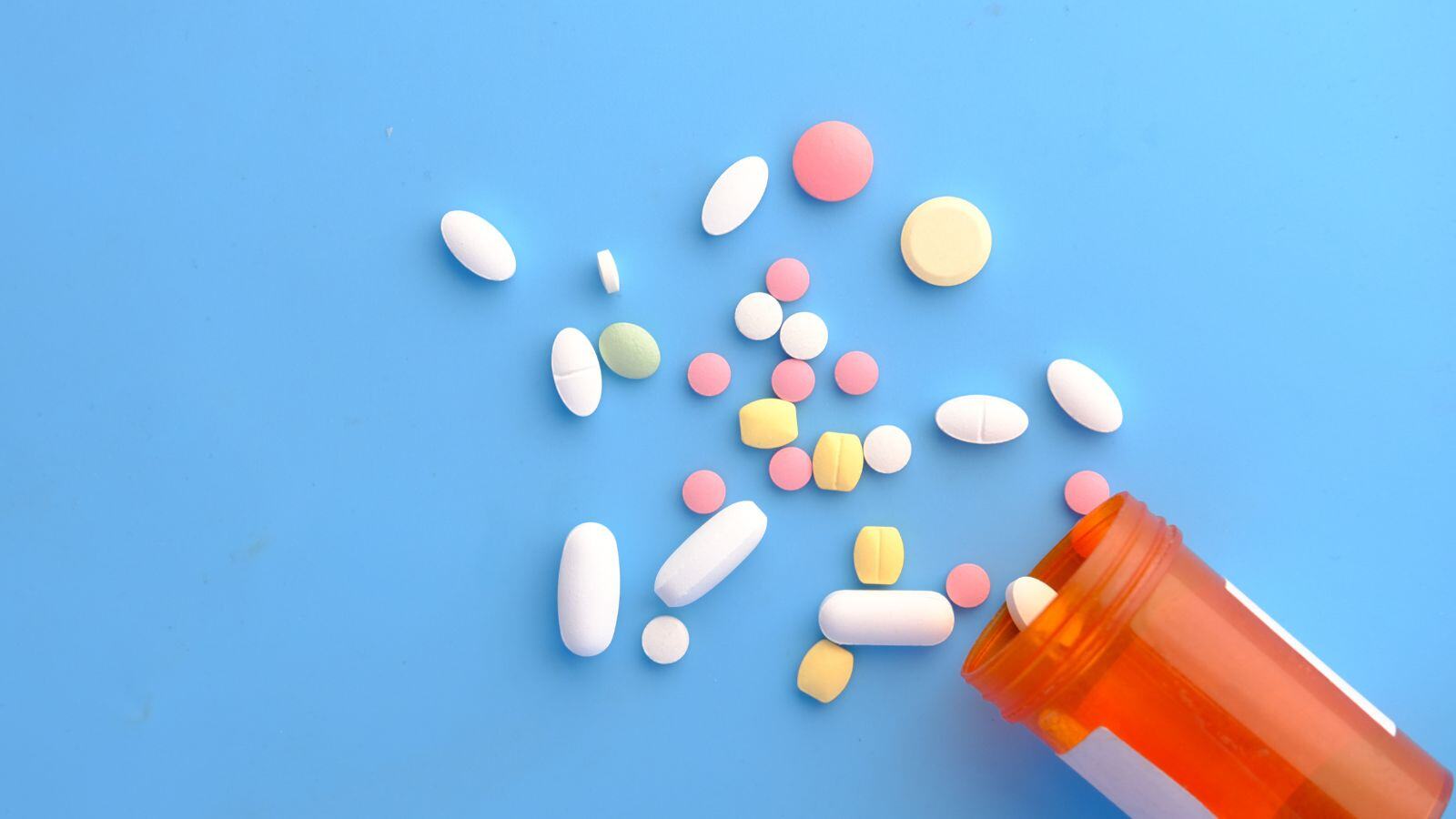Since 2024, the European Pharmacopoeia (Ph. Eur.) has included General Chapter 2.4.35 – Extractable Elements in Plastic Materials for Pharmaceutical Use, providing a harmonized compendial procedure to characterize the potential release of elemental species from plastics that come into contact with medicinal products.
Its publication formalizes an expectation long implicit in the industry: the elemental contribution of primary packaging must be characterized, not assumed negligible.
Rationale and Regulatory Context
Traditionally, elemental impurities in drug products have been controlled via ICH Q3D and related pharmacopeial texts, with focus on the finished dosage form.
This approach, however, left a gap: materials in direct contact with the product — such as containers, closures, and device components — can also introduce metals through catalysts, colourants, or stabilisers. Under certain conditions, these elements may migrate, becoming part of the patient’s exposure profile.
Chapter 2.4.35 addresses this upstream source by defining a compendial stress-extraction procedure to quantify elemental release under worst-case conditions.
Rather than introducing new limits, it provides a standardized analytical framework for generating traceable, interpretable evidence to support risk assessments aligned with ICH Q3D principles.
From Extractables to Risk Assessment
Data generated under Chapter 2.4.35 feed directly into the ICH Q3D risk assessment, where the potential contribution of packaging materials is compared against permitted daily exposure (PDE) values and elemental classifications by toxicity and route of administration.
This harmonized approach supports cross-functional evaluations, enabling consistency between materials science, toxicology, and regulatory affairs teams.
For a broader overview of this framework — including identification, assessment, control options (1/2a/2b/3), and lifecycle integration — explore this Practical Guide to ICH Q3D.
Scope and Analytical Approach
The chapter applies to plastic materials intended for primary pharmaceutical packaging. It specifies an acidic extraction under elevated temperature (autoclave conditions) to simulate worst-case element release, followed by instrumental quantification using ICP-MS or another validated method consistent with Ph. Eur. 2.2.58.
This design ensures reproducibility and comparability across laboratories and suppliers, essential for regulatory submissions, supplier qualification, or change-control justifications.
The selection of analytical technique depends on sensitivity requirements, sample matrix and throughput.
- ICP-MS offers ultra-trace detection and broad elemental coverage.
- ICP-OES provides cost-effective, robust performance in the ppb–ppm range, ideal for high-volume testing.
For a concise comparison of both methods and their applicability in elemental impurity projects, see ICP-MS vs ICP-OES: choosing the right technique.
Notably, earlier drafts proposed explicit numerical limits for certain elements, but these were removed in the final version. Instead, non-binding recommendations will appear in General Text 5.42, reinforcing a risk-based, scientifically driven approach rather than specification-led control.
Strategic Relevance for Industry
While Chapter 2.4.35 does not impose pass/fail criteria, it establishes a shared procedural baseline with tangible benefits:
- Comparability: Enables like-for-like extractables data across suppliers and labs.
- Credibility: Anchors extractables testing in a pharmacopeial framework rather than internal protocols.
- Regulatory clarity: Facilitates consistent dossier justifications and smoother authority review.
In short, the chapter elevates extractables testing from a case-by-case practice to a recognized regulatory expectation—supporting both scientific integrity and inspection readiness.
Relationship to the Control of Elemental Impurities
Chapter 2.4.35 complements, rather than replaces, ICH Q3D. While Q3D evaluates patient exposure from the finished dosage form, 2.4.35 provides the upstream evidence needed to determine whether packaging contributes significantly to that exposure.
In practice, the resulting data can inform material qualification, design-space justification, and lifecycle change control, embedding extractables science into a broader pharmaceutical quality system.
Key Takeaway
By formalizing a method without imposing limits, Chapter 2.4.35 recognizes that packaging materials can influence elemental impurity profiles, while preserving the flexibility for risk-based scientific judgement.
Its inclusion in the European Pharmacopoeia harmonizes expectations across jurisdictions and strengthens the technical foundation for the generation and interpretation of extractables data in pharmaceutical materials science.
QbD Group Perspective
At QbD Group, we help organizations bridge regulatory expectations with practical implementation. Our experts in analytical chemistry, materials science, and regulatory strategy support clients in aligning extractables and leachables studies with ICH Q3D and Ph. Eur. 2.4.35 requirements, ensuring compliant, science-based decision-making throughout the product lifecycle.
👉 Need guidance on integrating 2.4.35 into your ICH Q3D strategy?
Contact QbD Group to speak with our elemental impurities specialists.













